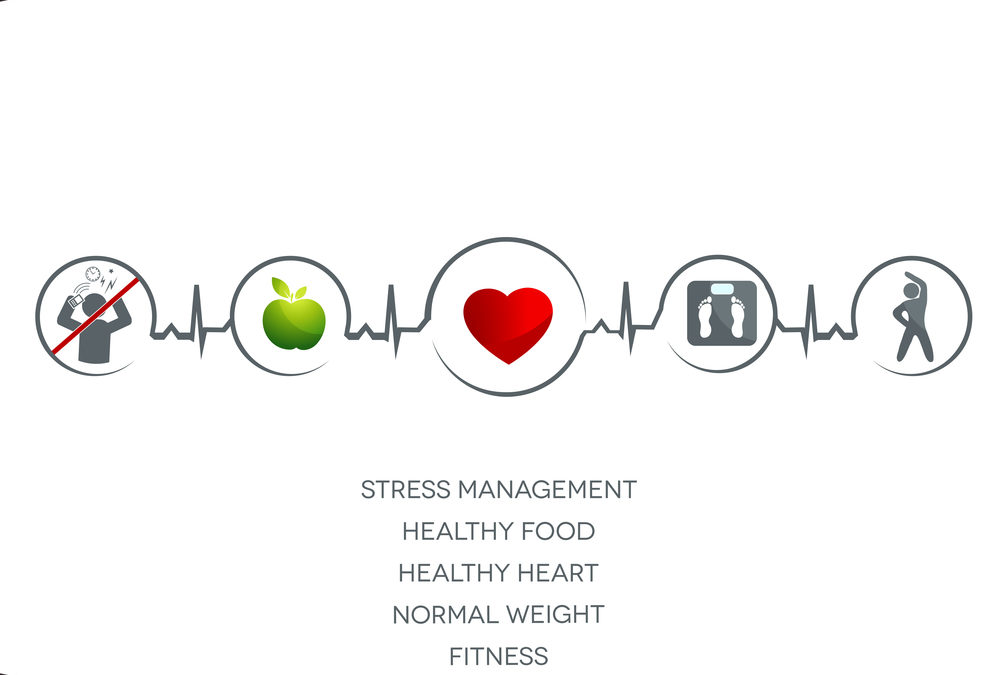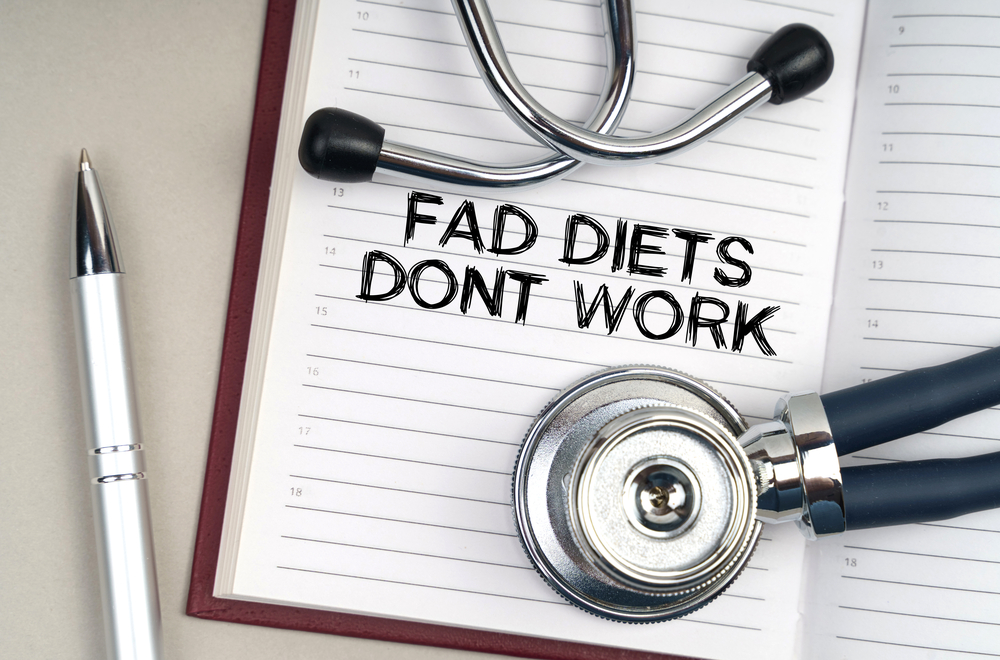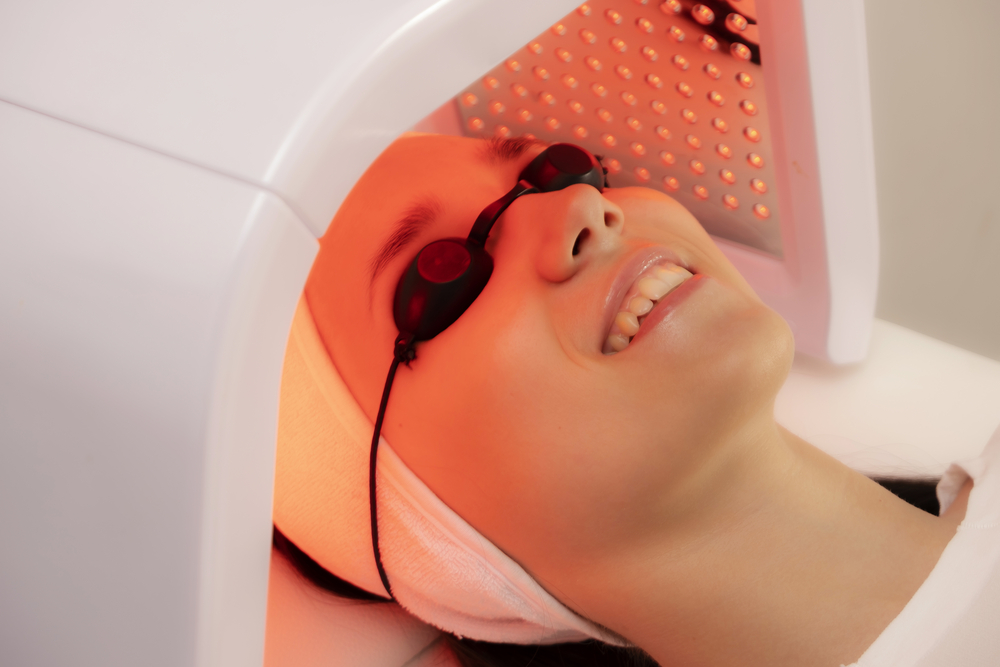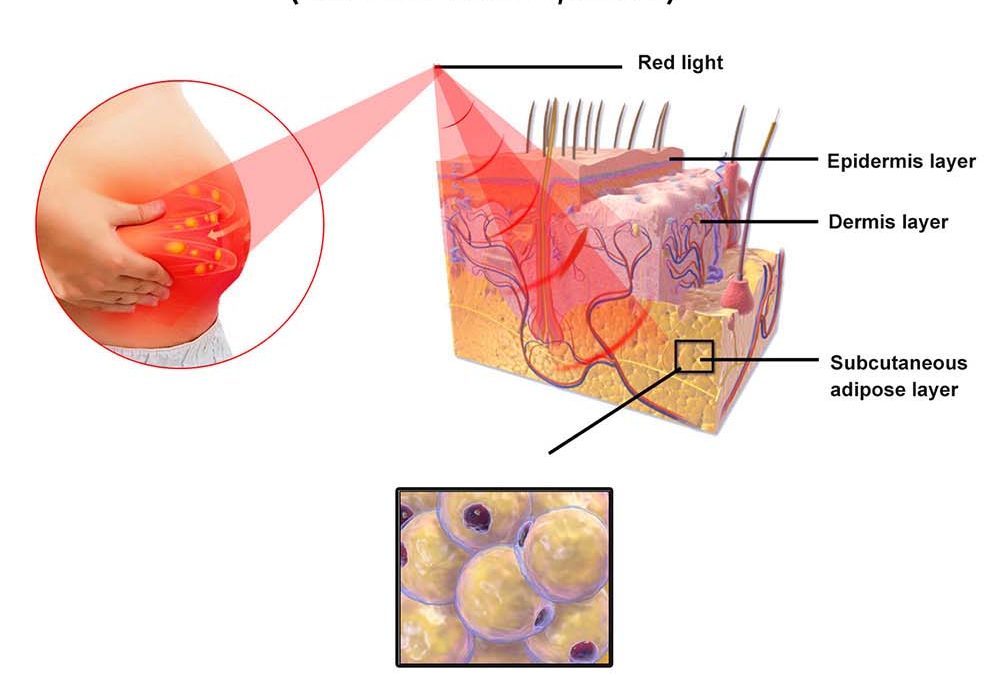
Unexpected Benefits of Chiropractic
Unexpected Benefits of Chiropractic
It was once considered a fringe medical treatment, but chiropractic has come into its own in recent years, with tons of research and clinical studies to support the benefits of chiropractic and its effectiveness and safety.
More than 35 million Americans now visit a chiropractor every year. Most of these patients visit a chiropractor to ease back pain and avoid the need for meds or surgery. Although, pain relief is only one of the many benefits of chiropractic.
Keep reading to discover all the different benefits of chiropractic care.
Improved Immune Function
Chiropractic adjustments help regulate the nervous system. As a result, this can then offer immunity improvement. When the nervous system can perform as it should, it’s better able to fight off infection and disease, showcasing one of the benefits of chiropractic.
Easier Breathing
Once your nervous system is in line, your body’s functions will all start to regulate. Because of this, many chiropractic patients notice that they can breathe easier. Patients with asthma also report better asthma control following chiropractic care, highlighting another benefit of chiropractic.
Fewer Headache Symptoms
Headaches are often the result of tension in your joints and muscles. Chiropractic adjustments help release this tension by realigning your body. This ensures that headaches and any accompanying symptoms are a thing of the past.
Better Sleep
Pain and tension inhibit true rest and relaxation. Thanks to the way chiropractic relieves these, patients often sleep better after treatment.
Increased Energy Levels
Chiropractic care can help you get in tune with your body’s natural circadian rhythms. As a result, you’ll likely have more energy during the day.
Lowered Blood Pressure
Forty-seven percent of American adults have high blood pressure. This is a huge risk factor for stroke and heart disease. Chiropractic adjustments can be effective at lowering blood pressure over time, illustrating another benefit of chiropractic.
Better Balance and Posture
By realigning your body, chiropractic adjustments improve your posture and balance. Posture improvement also helps prevent further pain and degeneration later in life.
Healthier Pregnancies
Chiropractic can relieve the pain caused by a changing center of gravity during pregnancy. Here, the Webster technique is especially beneficial. Through this method, chiropractic offers expecting patients healthier pregnancies and easier childbirths.
Improved Range of Motion and Sports Performance
Chiropractic adjustments relieve inflammation and tension in your joints and muscles. Following chiropractic, patients often notice greater mobility, flexibility, improved sports performance, and improved recovery time.
Faster Recovery
The increased mobility that chiropractic promotes can help you recover from sports faster. Other benefits, such as better sleep and less tension, also boost your chances of a quick sports recovery as your body can rest and recuperate.
Your Guide to the Unexpected Benefits of Chiropractic
As this long list shows, there are many unexpected benefits of chiropractic.
From easier breathing to better sleep, chiropractic can help in many more ways than people realize.
To find out how chiropractic could help you, schedule an appointment with us today. Or, for more information, contact us at Amazing Life Chiropractic and Wellness!
